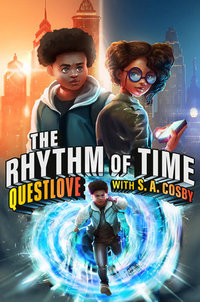by Questlove with S.A. Cosby
DETAILS:
Publisher: G.P. Putnam's Sons Books for Young Readers
Publication Date: April 18, 2023
Format: Hardcover
Length: 236 pg.
Read Date: May 8, 2023

His dad. He was walking and talking with his dad. And his dad was…kinda cool? Rahim didn’t know what was more shocking—the fact he had traveled back in time or that his dad was once actually pretty fun to be around.
What’s The Rhythm of Time About?
Kasia is a homeschool nerd/computer genius. Her parents run a vegan co-op and help community gardens throughout the city. They know she’s smarter than them, but they also know they don’t fully appreciate how much smarter she is. For example, she’s designed a drone that can adapt, speak, and add features as it sees fit. She’s also made a (admittedly unattractive) smartphone for her best friend so he can call her and do homework.
Rahim lives next door to her and to call his father a Luddite is to understate things—and it’d probably result in a lecture from him about the inaccuracy of using the term for him. He’s a history professor who won’t allow computers, etc. in his home—his encyclopedias are good enough for Rahim’s homework, thank you very much*. He’s not that crazy about Rahim’s love of music or sports, either.
* Sure, it’s impossible in 2023 for even a grade school student to do homework without the Internet, we all know that. Shhh. Roll with it for the purposes of the book.
Rahim is overjoyed with his gift (although he does make a crack about its looks) and starts to use it right away. It takes him very little time to see that if he does things in a certain way, the phone will transport him instantly to various places. Kasia doesn’t understand that, but before she can figure out how that happens, Rahim discovers (the hard way) that the phone also works to send him to the past.
While Kasia tries to figure out how to get him home, she tells him to keep from interacting with anyone as much as possible. She starts trying to see what the satellites she hacked into to give Rahim his phone are doing to him and Rahim sees a kid about his age being bullied and before common sense can restrain him, he intervenes and saves the kid. The bullied kid turns out to be Omar, or as Rahim calls him, “Dad.”
Oops.
And well…things get worse from there.
The Take on Time Travel
Time itself is being pulled and stretched, and I’m kinda afraid it’s gonna crumble like graham crackers dunked in milk.
Like any self-respecting time-travel story, particularly one where the traveler meets a relative, things start to unravel—the timeline, future events, etc. And not just in the expected ways—the first sign we have that anything’s going wrong is that a different team wins the ’97 NBA Championship. There’s no relation to anyone in the book to anyone in the NBA (that the reader knows of), so the problems in the timeline aren’t starting out in the typical way. The authors deserve some big points for that.
Nor do the time travel-induced anomalies continue to play out the way they usually do. It’s when things are nearing their worst that Kasia says that about graham crackers in milk (a visual that has stuck with me for days).
(Mild Spoilers ahead in this paragraph) Some things remain constant—Rahim’s parents still get together and live next to Kasia and her family. Kasia’s just as smart, too (thankfully). And just when you start to think that maybe, just maybe, we’re going to get a Back to the Future kind of ending where things went differently for Rahim’s father and he found a different kind of success—but Rahim (for reasons you might not expect) decides to try a plan-so-crazy-that-it-just-might-work to restore the timeline. Emphasis on the might.
The Government Types
Disrupting, disturbing, distracting, and potentially disabling Kasia’s efforts are a couple of government agents. They seem like moderately overzealous, humorless types who are trying to do their job—if it happens to allow them to bully a little girl, so be it.
Eventually, however, these agents prove to be better than we think. In doing so they show that some of the government assets that Kasia has been, um, “helping” herself to aren’t exactly what she thinks they are. In fact, there’s a connection between them and The Philadelphia Experiment. But we’re not just treated to the typical urban legend version of the Philadelphia Experiment, Questlove and Cosby give the reader a Hidden Figures version of it. Which makes it all the more fun.
But just because there are all sorts of adults running around with official powers and equipment, don’t think that it all doesn’t come down to what Kasia and Rahim do. This is a Middle-Grade novel, after all.
So, what did I think about The Rhythm of Time?
It just felt so odd to be having so much fun on just about every page with Cosby’s name on the cover. I enjoy his stuff, but it’s not often that “fun” enters into the conversation. And fun is the best word to describe this.
The whole concept and the way it plays out are ridiculous—but they’re entertaining, and if you can accept any part of it, you’ll accept it all. And there’s no reason not to suspend your disbelief enough to buy into the story—because it’s not trying to be more than a fun adventure for grade school readers.* So just sit back, relax, grab some popcorn, and enjoy.
* Even if it had higher aspirations, you could still make the case for going along with things.
Rahim’s a great guy, and you can see where Omar ends up becoming the Dad that he is—and how his parents become the versions of themselves Rahim would come to know as his grandparents. All of that was really well done.
Kasia is the type of impossible genius making tech in her bedroom that has been the stuff of cartoons and Middle-Grade fiction since I was reading it (when it was called “Juvenile Fiction.”) Think Flavia de Luce meets Penny from Inspector Gadget meets Richie Foley (from Static Shock). I will read something about her anytime. If Rahim’s along for the ride, so much the better.
The book ends with a clear sign that the story goes on, but none of the online sources I see refer to this as the first of a series. I hope it does go on—but it’s also one of those endings that doesn’t require a sequel. We know that Rahim and Kasia are going to be up to more adventures, and in a way, that’s enough. By this point, the reader has enough to know how their adventures will go.
But I really hope the series keeps going.
Pick this up for some nice, uncomplicated fun for yourself or grab it for the Middle Schooler in your life (and then borrow it).

This post contains an affiliate link. If you purchase from it, I will get a small commission at no additional cost to you. As always, the opinions expressed are my own.

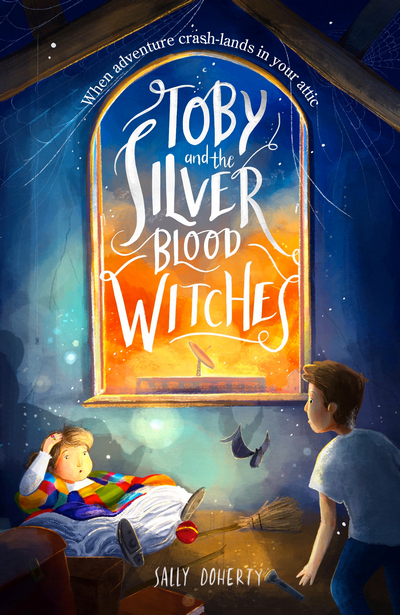

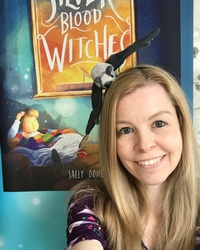 Sally Doherty lives in leafy Surrey with her husband and three-legged (but speedy) rescue dog. After studying French and German at university, she worked for a year in London before unexpectedly falling ill with M.E. Being stuck at home and often in bed for sixteen years, however, has lit a cauldron of stories bubbling inside her imagination.
Sally Doherty lives in leafy Surrey with her husband and three-legged (but speedy) rescue dog. After studying French and German at university, she worked for a year in London before unexpectedly falling ill with M.E. Being stuck at home and often in bed for sixteen years, however, has lit a cauldron of stories bubbling inside her imagination.



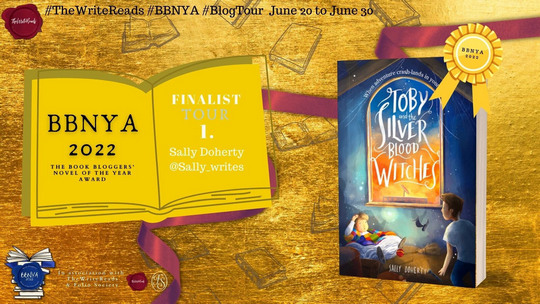

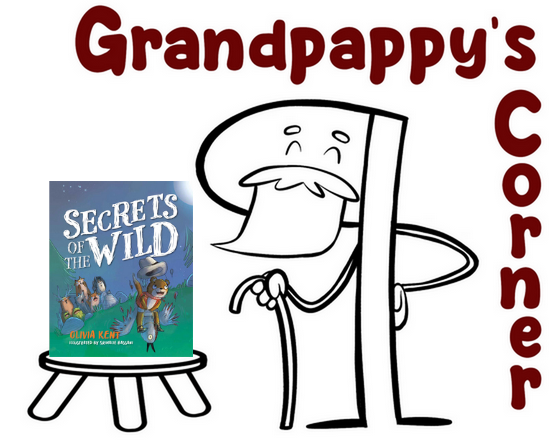


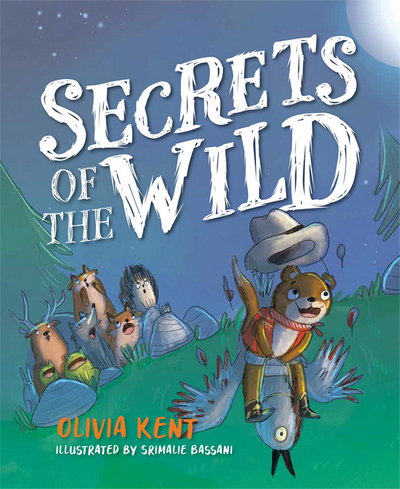

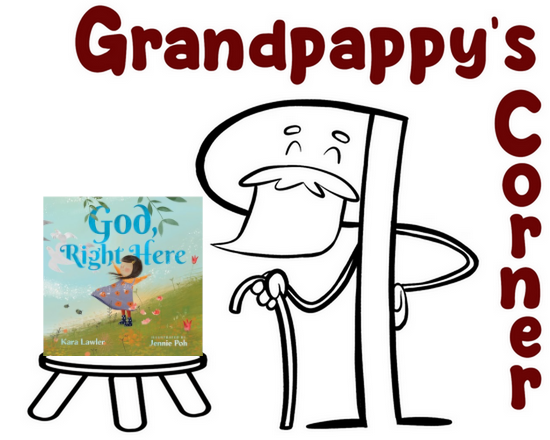

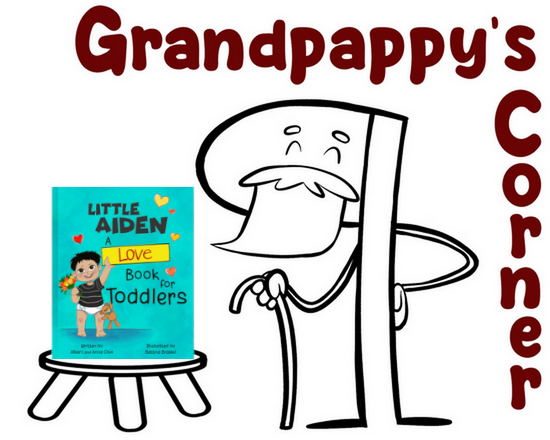

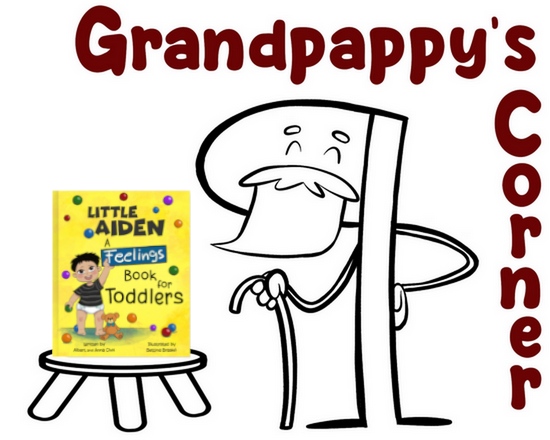
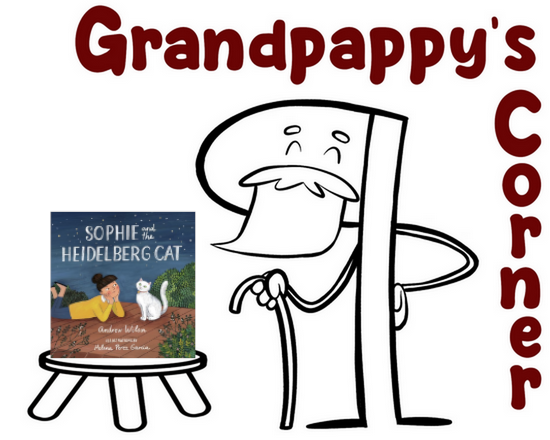

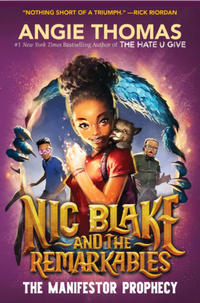
 As all good Fantasy readers know, there’s a plethora of books (especially for MG audiences) with magic systems largely based on African American myths and folklore. It’s the same old-same old here, give me some WASP-y fantasy!
As all good Fantasy readers know, there’s a plethora of books (especially for MG audiences) with magic systems largely based on African American myths and folklore. It’s the same old-same old here, give me some WASP-y fantasy!